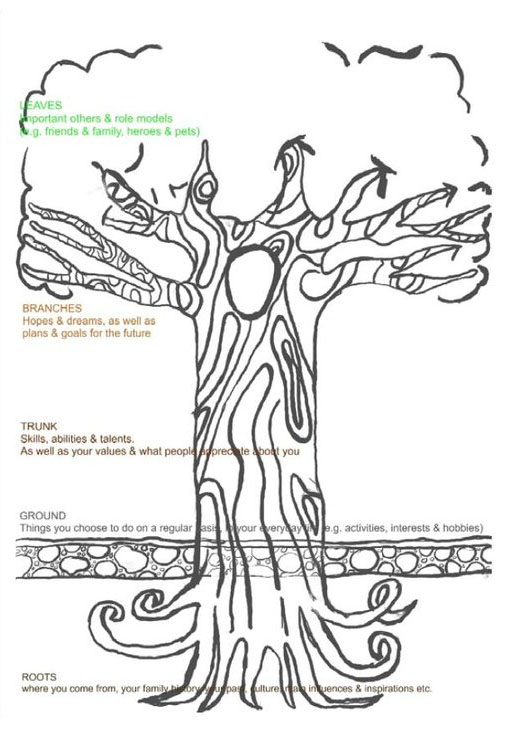Thats the headline of a call out for a great European opportunity .
But how can ‘not being erased’ happen?
I’ve been thinking about this as part of my bid.
Here are some of the methodologies I’ve been considering:
Crip theory:
This centres disabled experiences, embodiments and movements – rather than the able-bodied normative – as summarised here:
Crip theory speaks about “the slipperiness of embodiment” and the lack of a distinct binary between disabled and able-bodied.
It has been heavily influenced by queer crips.
Crip praxis:
These are practical ways of centring disabled people. For example:
Remote access parties:
Which might have, for example, access doulas, lying-down dancing, specified not-too-late times for those of us with fatigue or only a certain number of ‘spoons’ to spend.
For example the Critical Design Lab “calls forth our community for afternoons and evenings of pleasure activism … [together] creating access to the experience as an act of love”.
See: https://www.mapping-access.com/remote-access
Spoons:
These are a way to explain how much energy someone has throughout the day. Some people have a seemingly unlimited supply of spoons, and can quickly rest and recover. Others start every day with a smaller number of spoons. We need more spoons for tasks which seem trivial to high-spoon people, and much more rest and recovery time once our spoons are gone.
Everyone is different – sometimes different every week but see one view of spoons here: https://happiful.com/what-is-the-spoon-theory/
Narrative approaches
With a motto of “the problem is the problem. The person is not the problem”, narrative approaches help people identify their values and skills. When they know “their ability to live [their] values” this helps effective confrontation of current and future problems.
Narrative approaches started as a form of individual psychotherapy – see https://en.wikipedia.org/wiki/Narrative_therapy
But it has been developed into something much more collective and empowering.
For example at: https://dulwichcentre.com.au/collective-narrative-practice/
Tree of life methodology:
This approach enables people to speak about their lives in ways that are not retraumatising, but instead strengthen their relationships with their own history, their culture, and significant people in their lives, as at https://dulwichcentre.com.au/the-tree-of-life/.
Individuals draw their own ‘tree of life’, starting from their ‘roots’, with a ‘trunk’ of values and ‘branches’ of skills and knowledge, plus ‘blossom’ or ‘fruit’ gifted by special people in their lives.
There’s a ‘compost heap’ for things you no longer wish to be defined by too. It’s explained well at https://nathanbweller.com/tree-life-simple-exercise-reclaiming-identity-direction-life-story/
The participants can join their trees into a ‘forest of life’, which will more easily weather ‘storms’.
Theres a blank tree of life up above, with credit to Farnaz Nickpour who is using this concept in a different situation: https://www.researchgate.net/publication/340742489_Design_Meets_Death_Emergent_Issues_in_a_Research_Study_on_Reimagining_’Legacy’_in_the_Context_of_Paediatric_Palliative_Care
Team of life methodology:
This is another collective strength-based narrative approach: “Using the language of sport, the Team of Life invites people to identify key support people or ‘team-mates’ in their lives. This builds resilience by enabling them to build a sense of social support and connected identity”.
Giving communities a sporting chance starts with developing a team sheet : who is your goal keeper? Coach? Team-mates? These may be present or past. Where is your home ground(s)?
What goals have you already scored?
How do you ‘tackle’ (sorry!) problems? In Arrente country (Australia) they have a great approach.
After that you can big up goal celebrations.
And share innovations
Reciprocal witnessing:
MORE TO COME!

Thank you so much for acquainting me with Spoon Theory! Very helpful.